What will the future of energy look like? Vitra Design Museum seeks the answer
‘Transform! Designing the Future of Energy’ at Vitra Design Museum explores the future of energy, from solar-powered devices to smart architecture (until 1 September 2024)
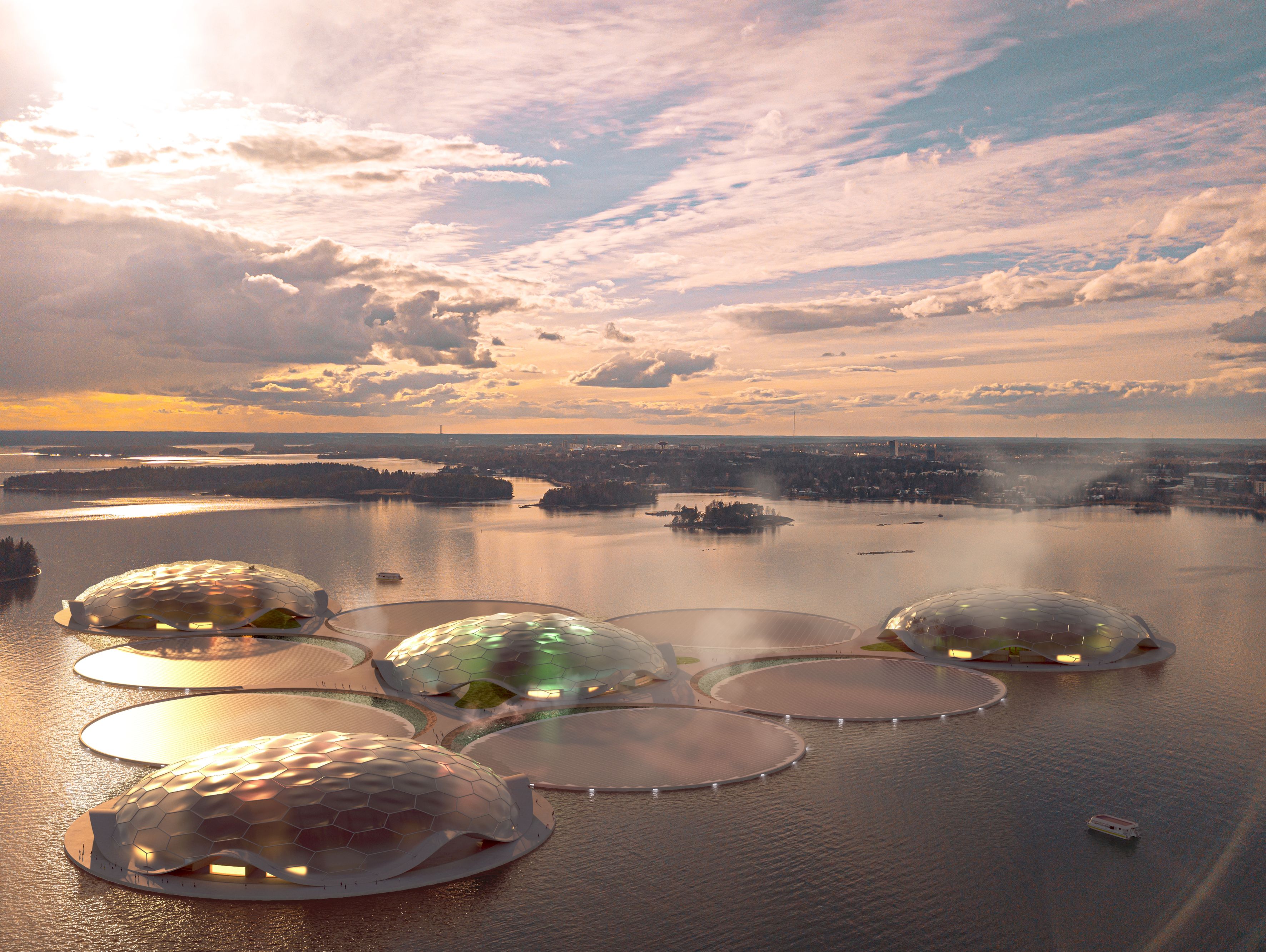
There is an increasing awareness that design can play a vital role in the transition away from fossil fuels and carbon emissions, as we seek to reduce humans’ harmful impacts on the natural environment. In a new exhibition at the Vitra Design Museum in Germany, ‘Transform! Designing the Future of Energy’ (until 1 September 2024), the topic of energy is highlighted as a key area in which design can bring about changes – from solar-powered products to city-scale power infrastructure.
The future of energy at Vitra Design Museum
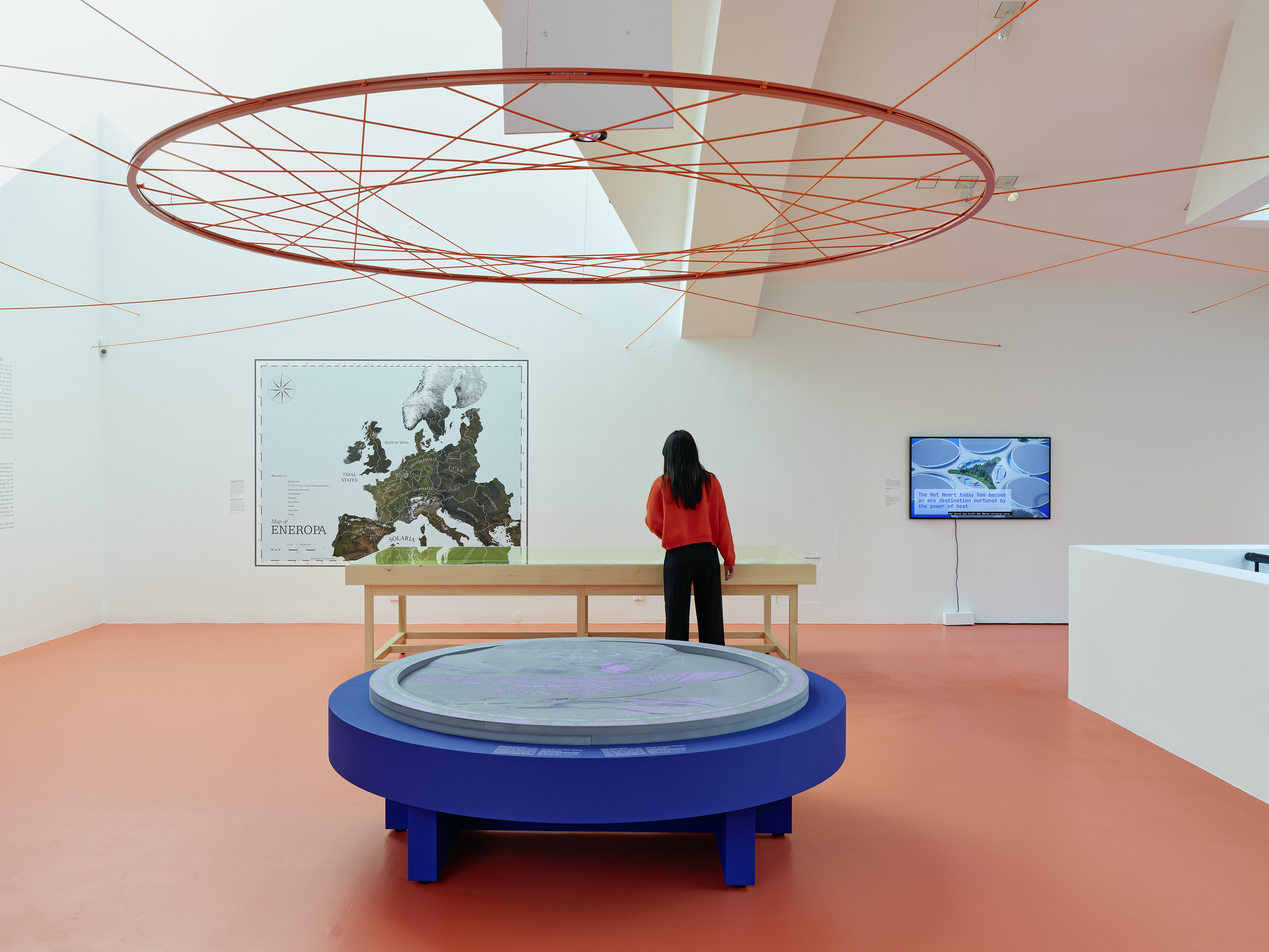
‘Transform! Designing the Future of Energy’ exhibition view
‘The energy transition and a reduction of our energy consumption is urgently needed,’ says Jochen Eisenbrand, curator of the show. ‘I am absolutely convinced that design, architecture and planning will need to play an essential role.’
Energy is generated by an array of sources, from the sun’s rays to burning fossil fuels. We need some form of energy to power daily activities, whether that’s working on a computer, heating our home, switching on the lights or travelling on public transport.
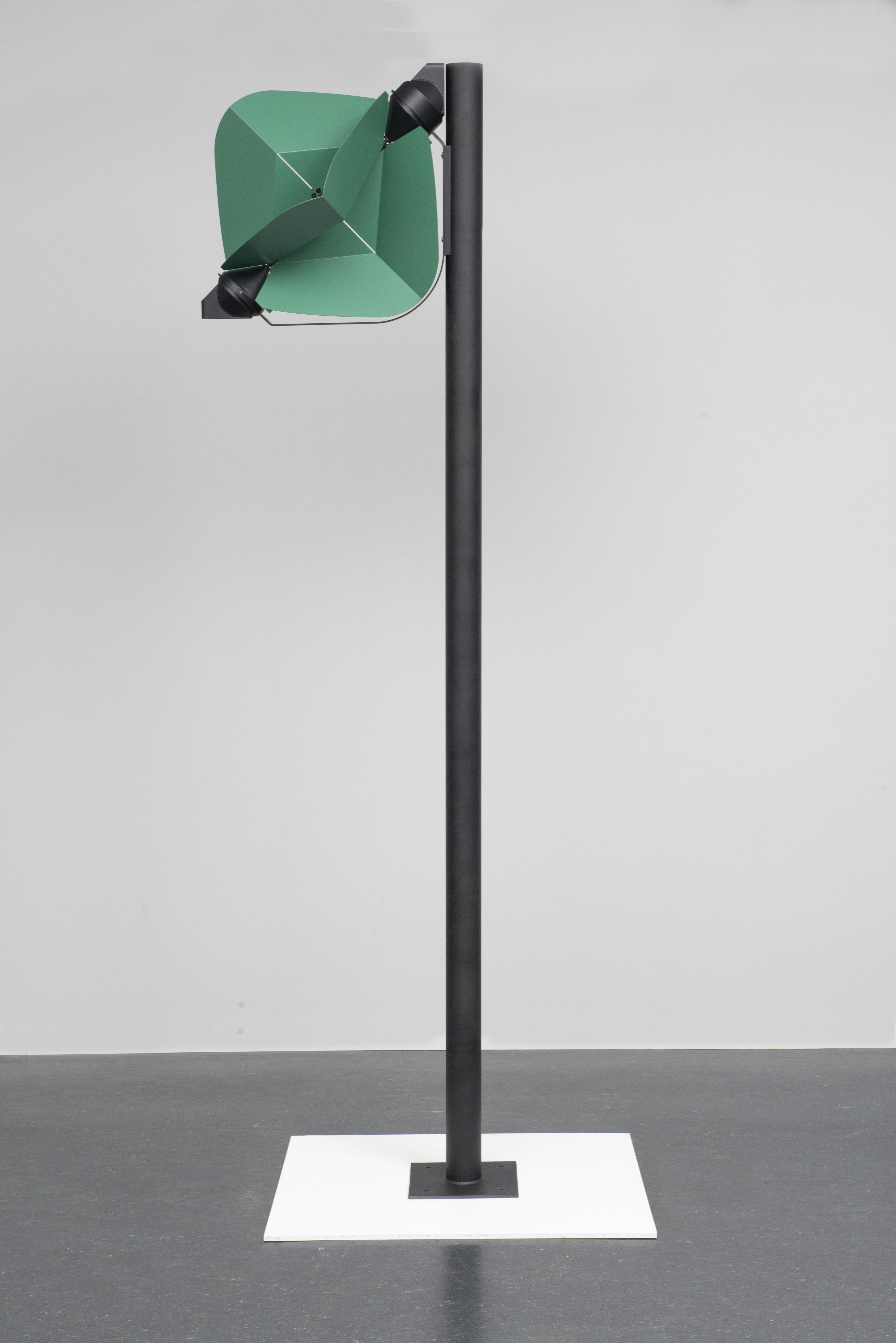
Tobias Trübenbacher, PAPILIO, windpowered street lamp, 2021
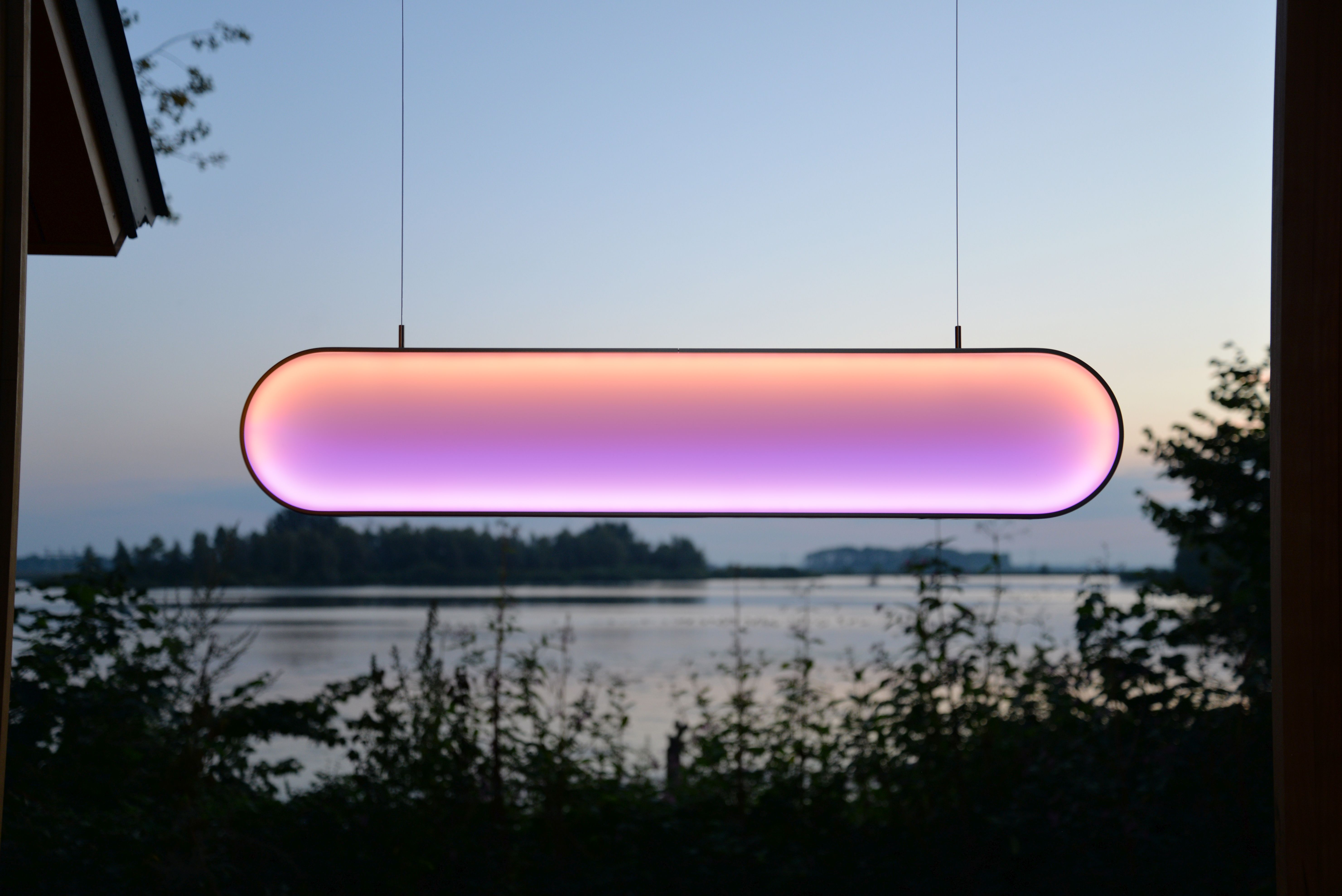
Marjan van Aubel, Sunne, solar powered lamp, 2022
Energy from renewable sources such as wind, water and sun is being harnessed by designers in inventive ways that provide alternatives to carbon-intensive processes. In the exhibition, projects featured include the Papilio streetlamp by product designer Tobias Trübenbacher, a sculptural wind turbine-meets-streetlamp that is fully powered by wind turning its green rotor blades. Although designed as off-grid, the lamp can be connected to a power grid to feed surplus energy into the network during strong winds.
Sunne, by Dutch designer Marjan van Aubel, is a solar-powered hanging, horizontal lamp that imitates the quality of natural sunlight. When hung in a bright spot by a window during the day, the lamp harvests and stores energy from the sun; by night, it exudes light into the room.
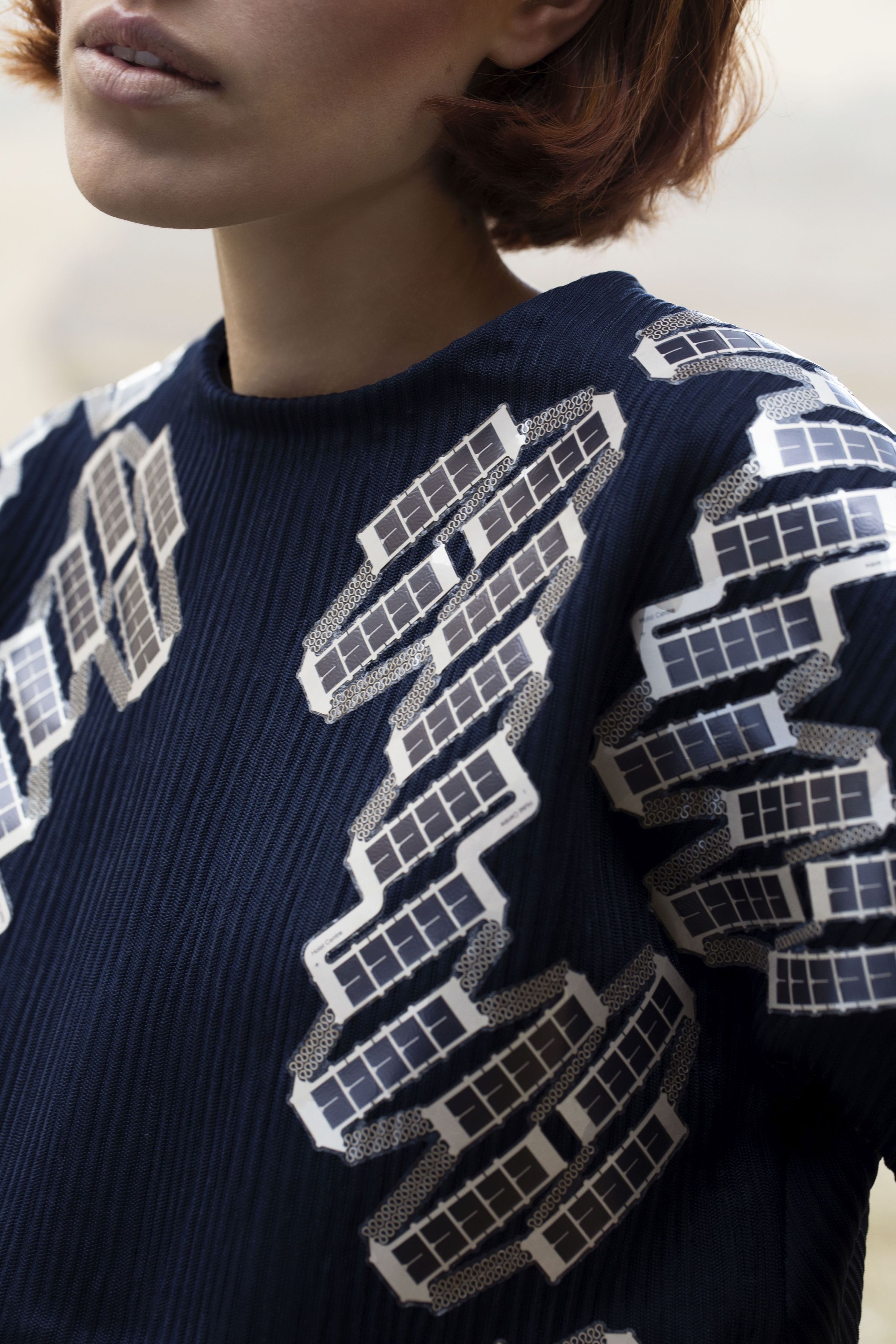
Pauline van Dongen, Solar Shirt, 2015
Solar Shirt, by Dutch fashion designer Pauline van Dongen, integrates photovoltaic cells into a T-shirt, generating electricity to charge the wearer’s smartphone. Photovoltaic cells are also used on the Covestro Sonnenwagen, a solar-powered race car, while Sono Motors installs solar panels on large buses and trucks in order to help reduce their carbon emissions.
But ‘Transform!’ looks beyond the expansion of renewable energy sources alone, highlighting ways in which multiple designs can work together to reduce energy consumption and harmful emissions. Architecture is a key field where this plays out, as buildings are responsible for roughly a third of global energy consumption and greenhouse gas emissions.
Wallpaper* Newsletter
Receive our daily digest of inspiration, escapism and design stories from around the world direct to your inbox.
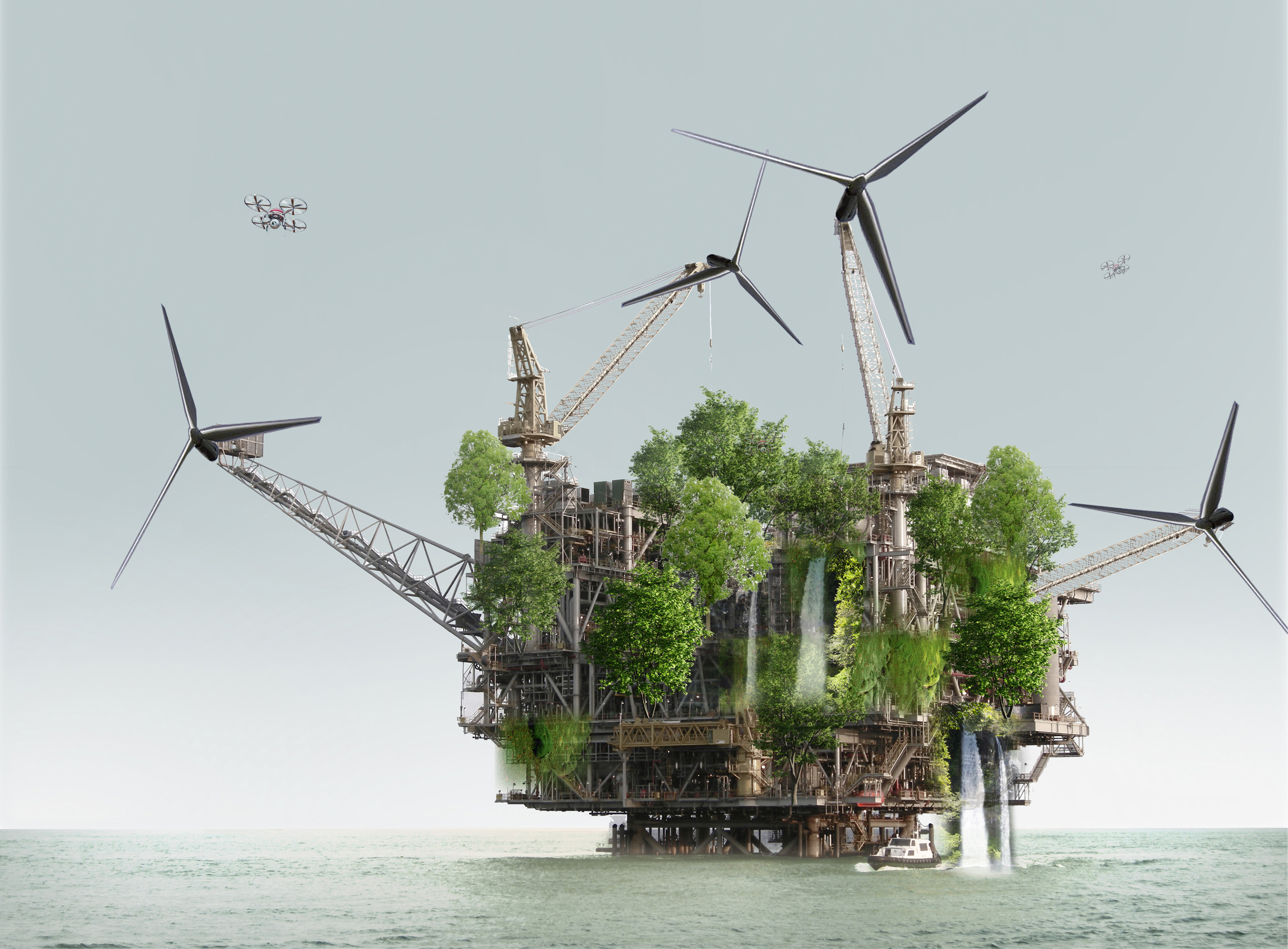
XTU Architects, X_Land, Rendering, 2020
The exhibition presents Germany’s Plus Energy Quarter P18 in Bad Cannstatt, developed by Werner Sobek in collaboration with AktivHaus, which features a self-sufficient heating system comprised of heat pumps, photovoltaic thermal collectors, and the controlled ventilation of interior living spaces.
The Powerhouse Brattørkaia in Trondheim, Norway, designed by architecture practice Snøhetta, is an energy-positive building, producing more energy than it consumes over its lifespan, feeding the surplus back into a local microgrid. This is achieved by designs including extensive solar panels, optimisation of natural daylight, efficient insulation, high thermal mass, heat recovery systems, and using seawater for heating and cooling.
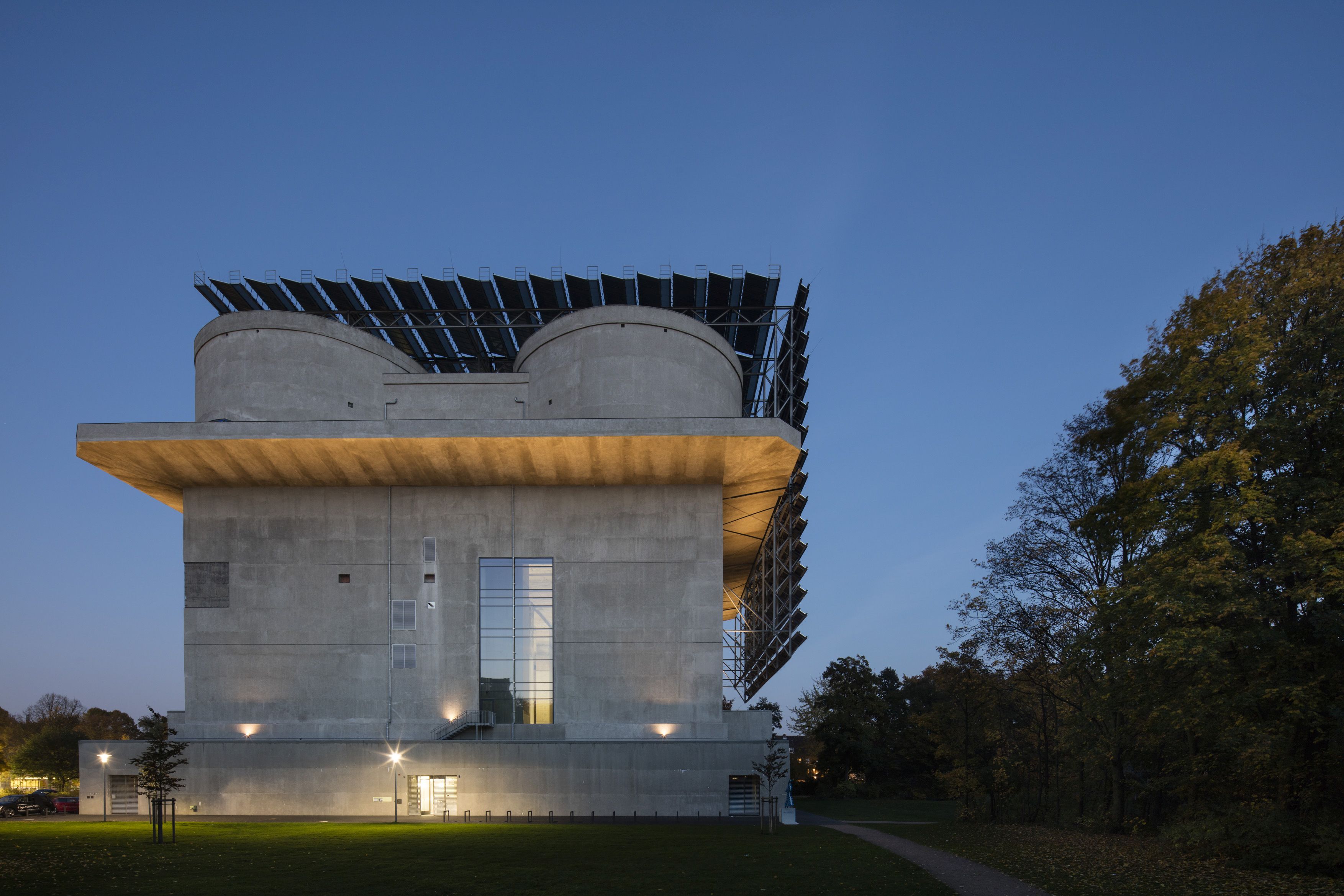
Energiebunker in Hamburg
District- or city-wide designs – what the exhibition calls ‘future energyscapes’ – includes the Energiebunker in Hamburg, a former air raid bunker converted into a power plant using renewable forms of energy, with a large heat reservoir, to supply the local area with sustainable heat, while feeding renewable power into the Hamburg distribution grid.
Hot Heart is Italian architect Carlo Ratti’s pioneering proposal for Helsinki featuring an archipelago of heat-storing basins with the dual function of storing thermal energy and providing space for recreational activities.
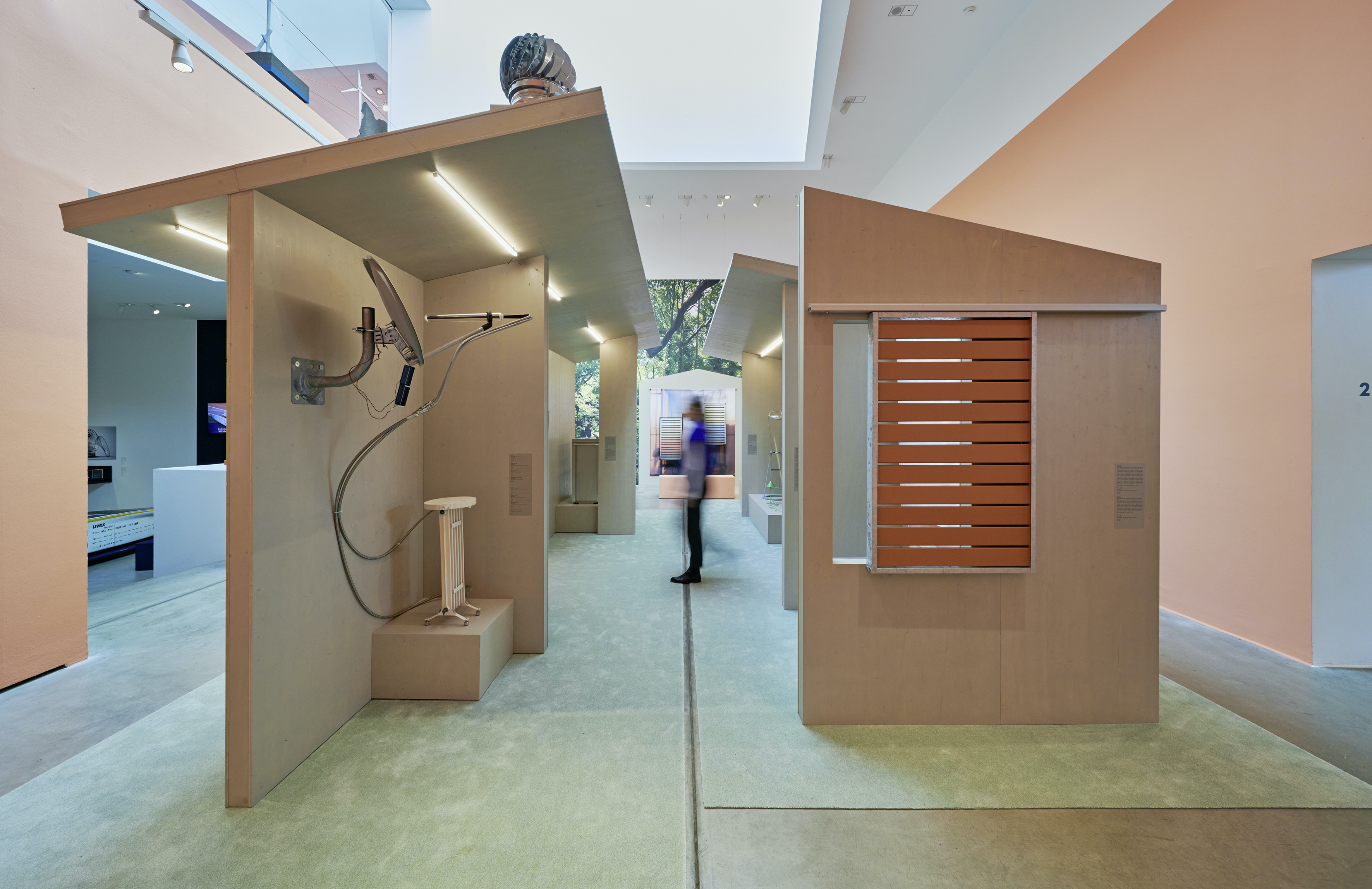
‘Transform! Designing the Future of Energy’ exhibition view
Throughout the show, historic examples of innovative energy designs are also presented, including German architect Herman Sörgel’s ‘Atlantropa’ project from the 1930s, an idea for a land mass supplied with hydroelectric power.
Energy ‘is one of the forces that keep our society running’, says Eisenbrand, ‘and the types of energy sources we use have great consequences for our natural and built environment.’ Nevertheless, he adds, ‘even though it is hard to stay optimistic these days, I think we have to.'
‘Transform! Designing the Future of Energy’ is on view at Vitra Design Museum until 1 September 2024
Charles-Eames-Straße 2
79576 Weil am Rhein
Germany
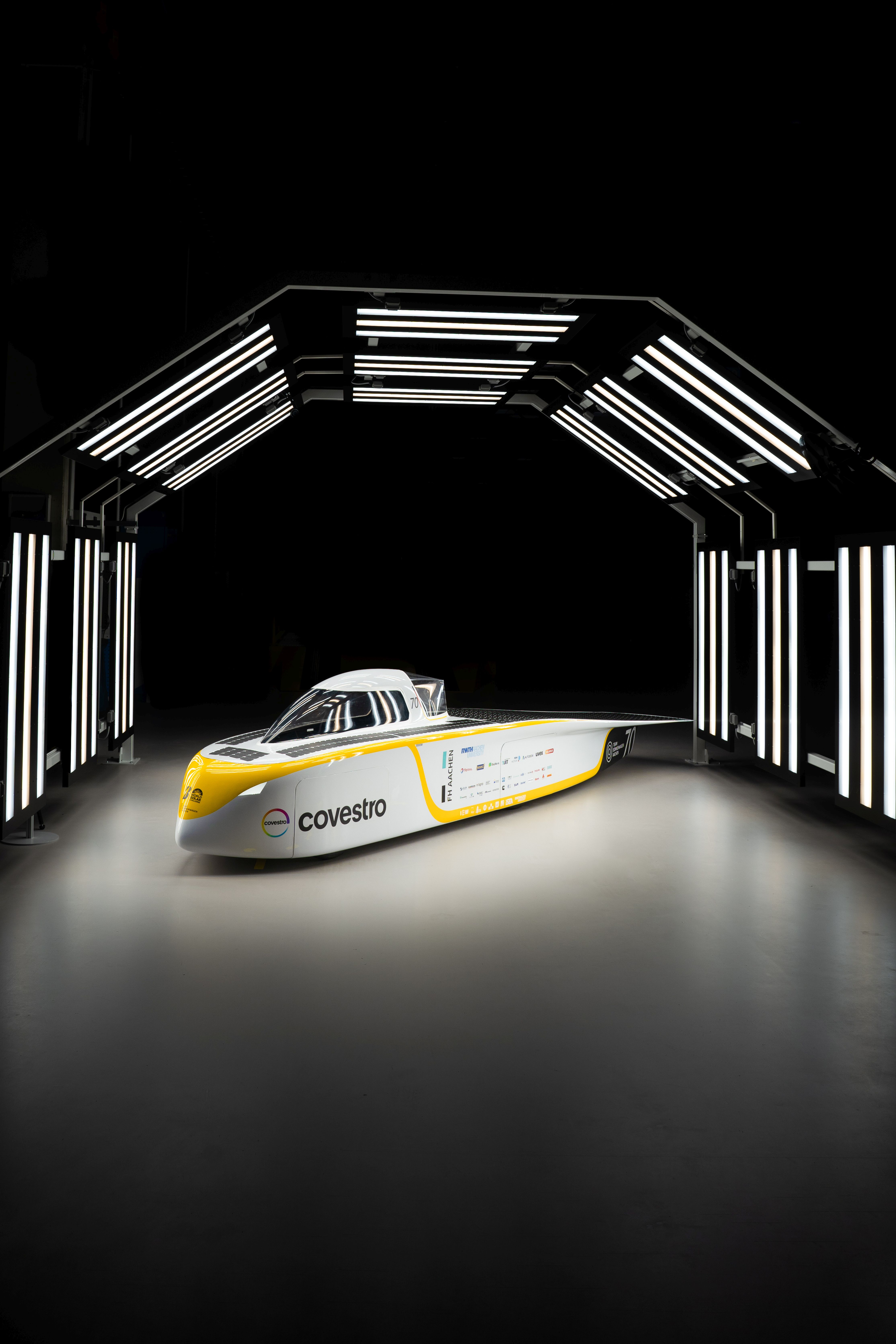
Team Sonnenwagen Aachen, Covestro solar car, 2019
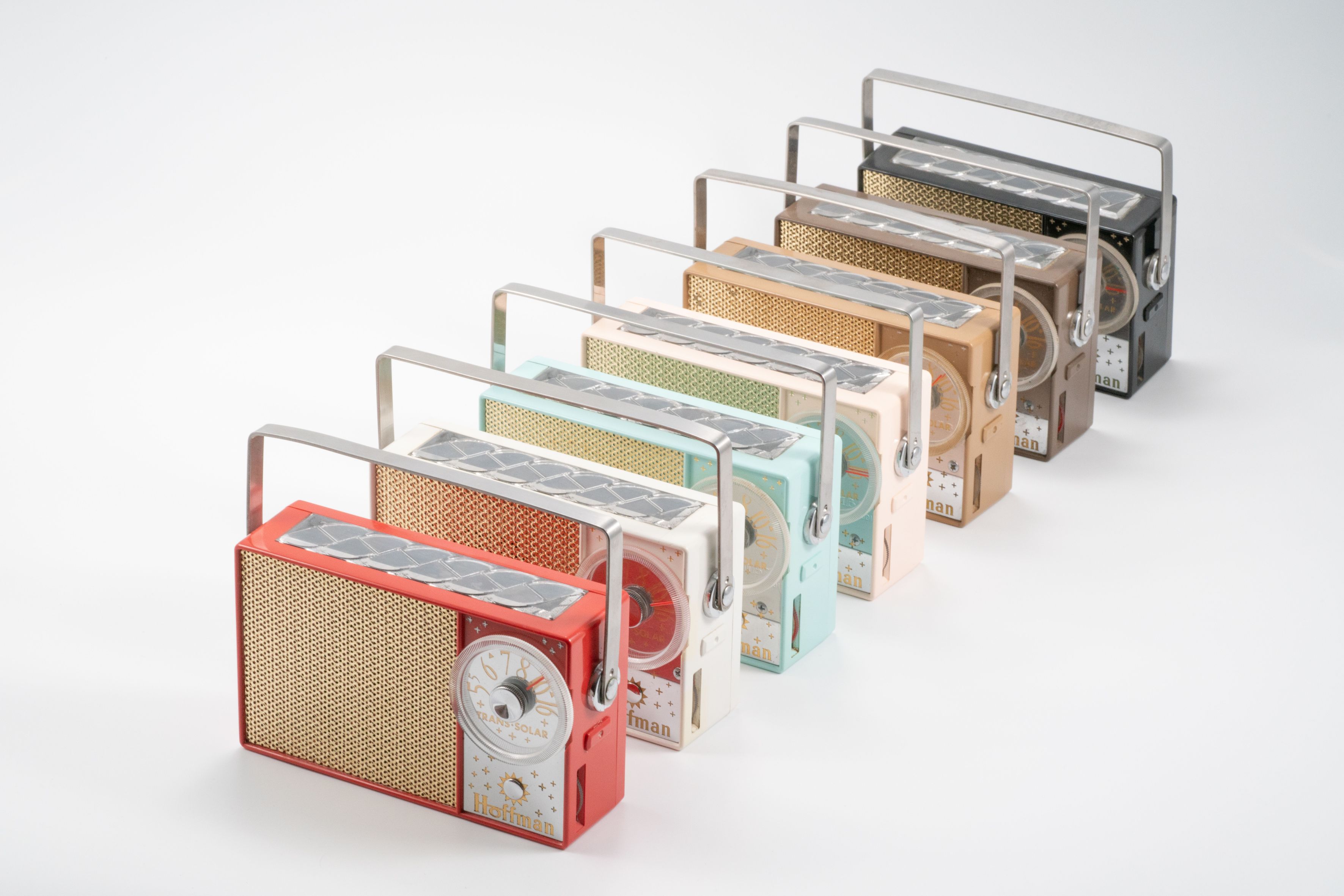
A rainbow assortment of Hoffman 706 Trans-Solar Radios, released in 1958
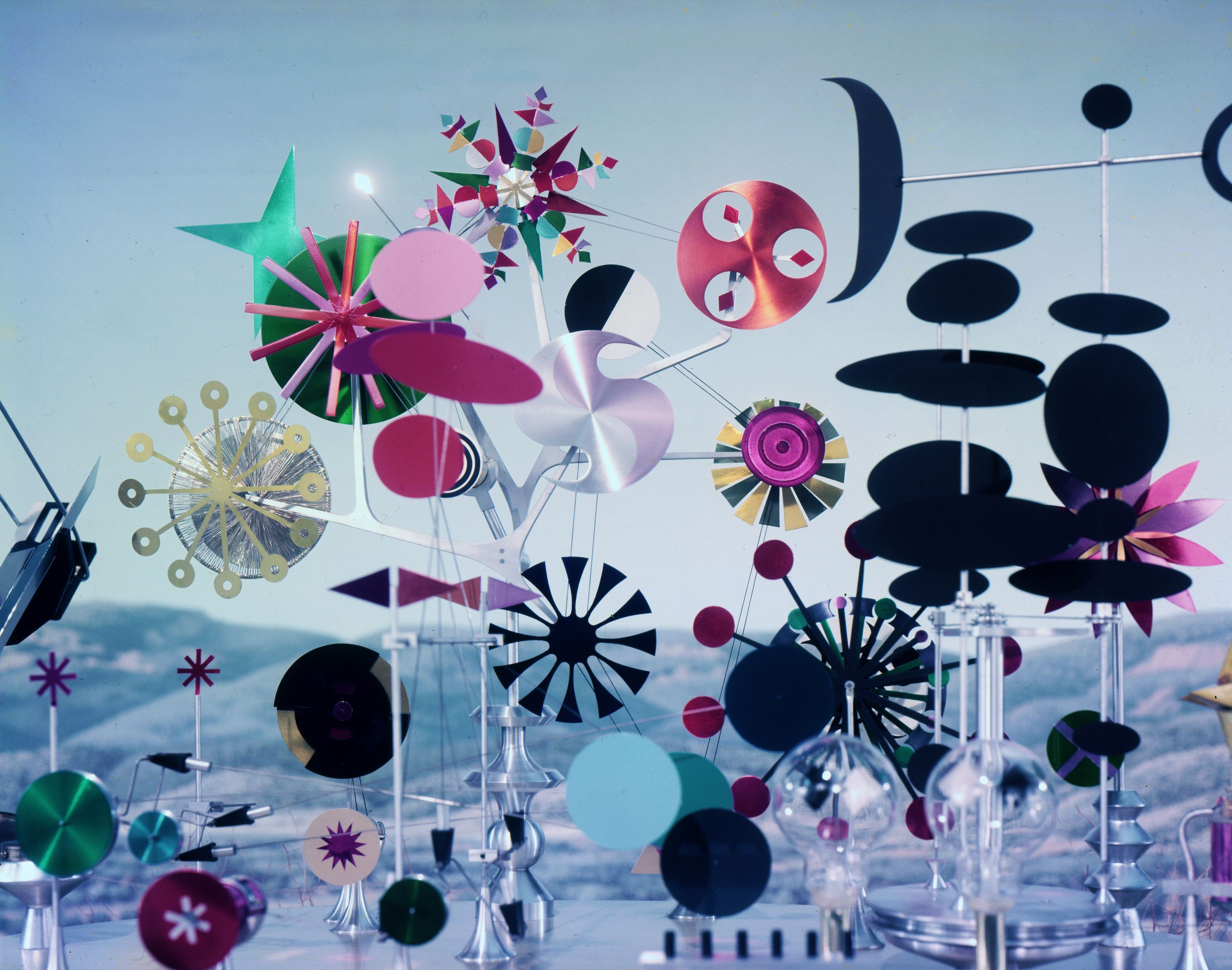
Charles and Ray Eames, Solar Do-Nothing Machine, 1957
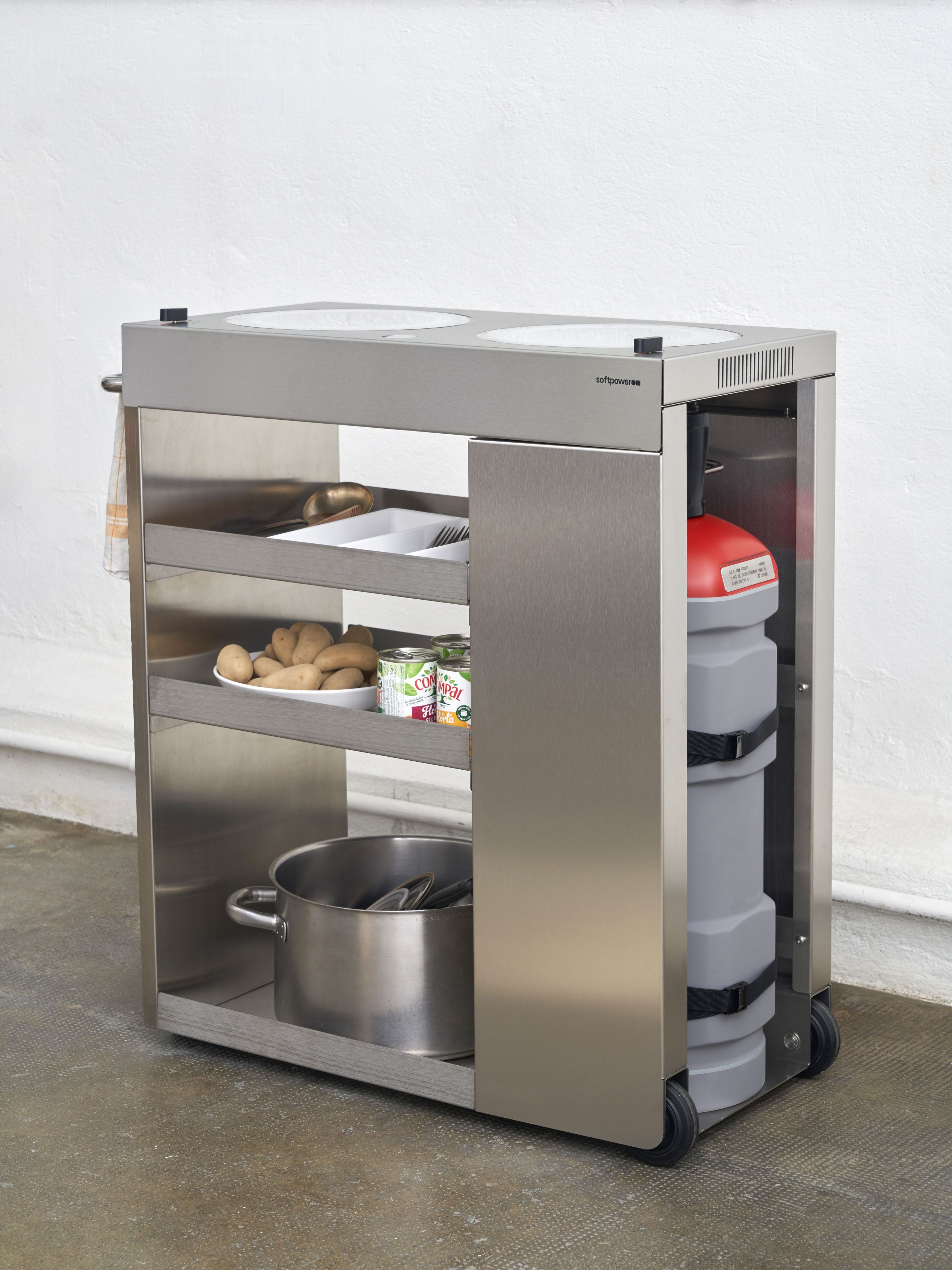
HydrogenCooker designed by Stefan Troendle in collaboration with EPFL, 2022
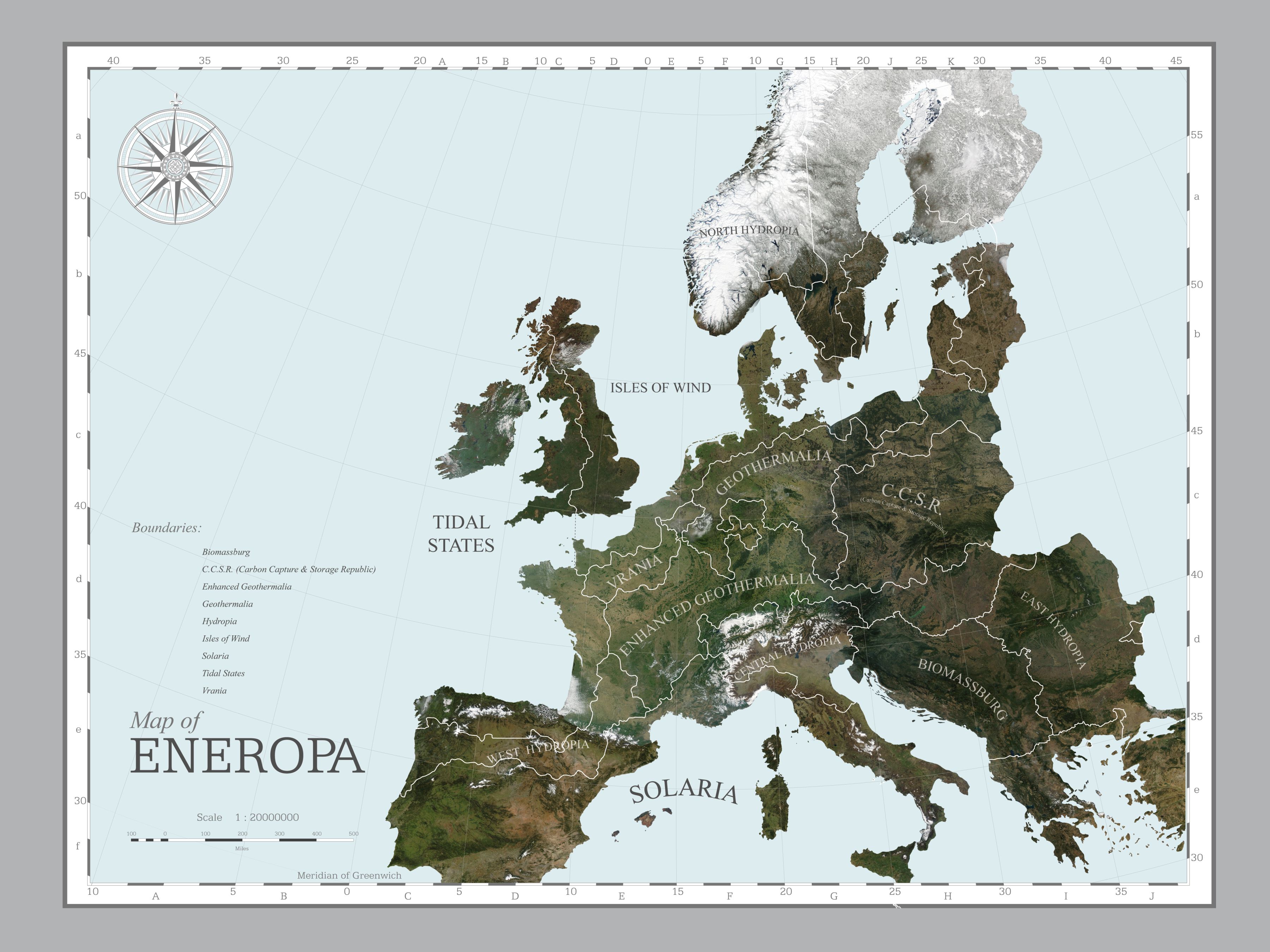
OMA, Eneropa Map, 2010
Francesca Perry is a London-based writer and editor covering design and culture. She has written for the Financial Times, CNN, The New York Times and Wired. She is the former editor of ICON magazine and a former editor at The Guardian.
-
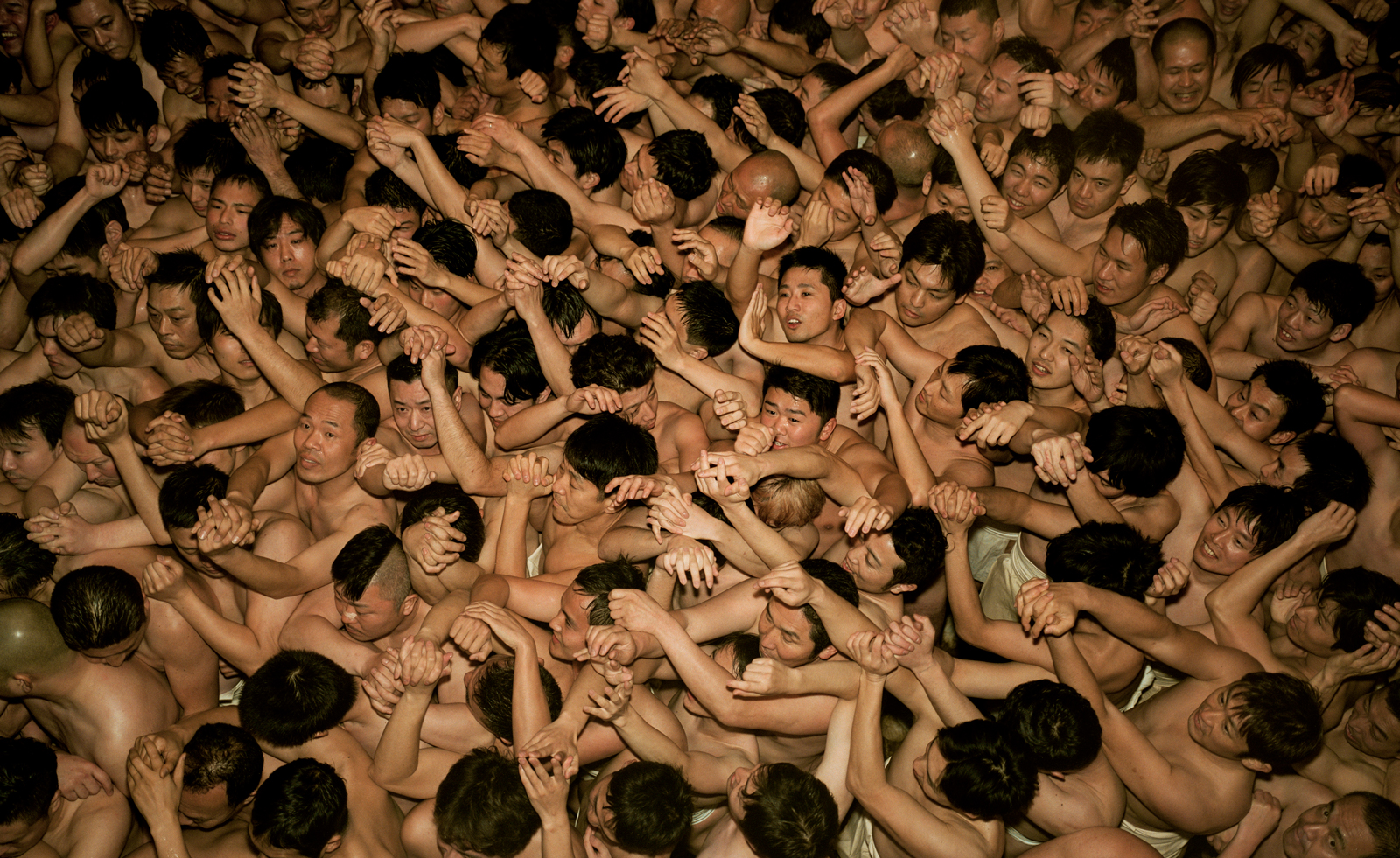 Inside Kyotographie, Japan’s world-renowned photography festival
Inside Kyotographie, Japan’s world-renowned photography festivalKyotographie 2025 embraces the theme ‘Humanity’ in Kyoto – Amah-Rose Abram reports with the highlights, from major and emerging photographers
By Amah-Rose Abrams
-
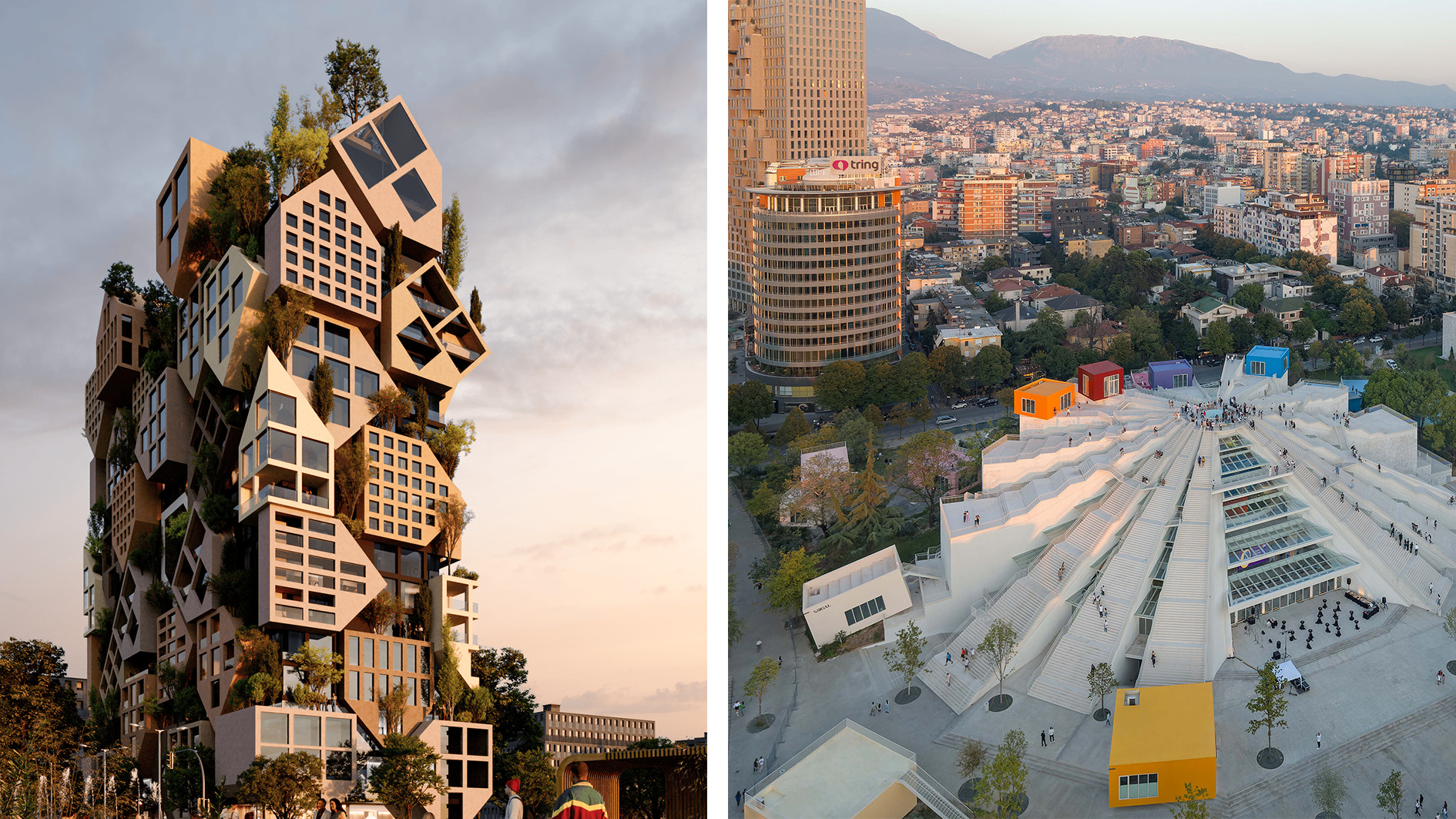 Isolation to innovation: Inside Albania’s (figurative and literal) rise
Isolation to innovation: Inside Albania’s (figurative and literal) riseAlbania has undergone a remarkable transformation from global pariah to European darling, with tourists pouring in to enjoy its cheap sun. The country’s glow-up also includes a new look, as a who’s who of international architects mould it into a future-facing, ‘verticalising’ nation
By Anna Solomon
-
 The Lighthouse draws on Bauhaus principles to create a new-era workspace campus
The Lighthouse draws on Bauhaus principles to create a new-era workspace campusThe Lighthouse, a Los Angeles office space by Warkentin Associates, brings together Bauhaus, brutalism and contemporary workspace design trends
By Ellie Stathaki
-
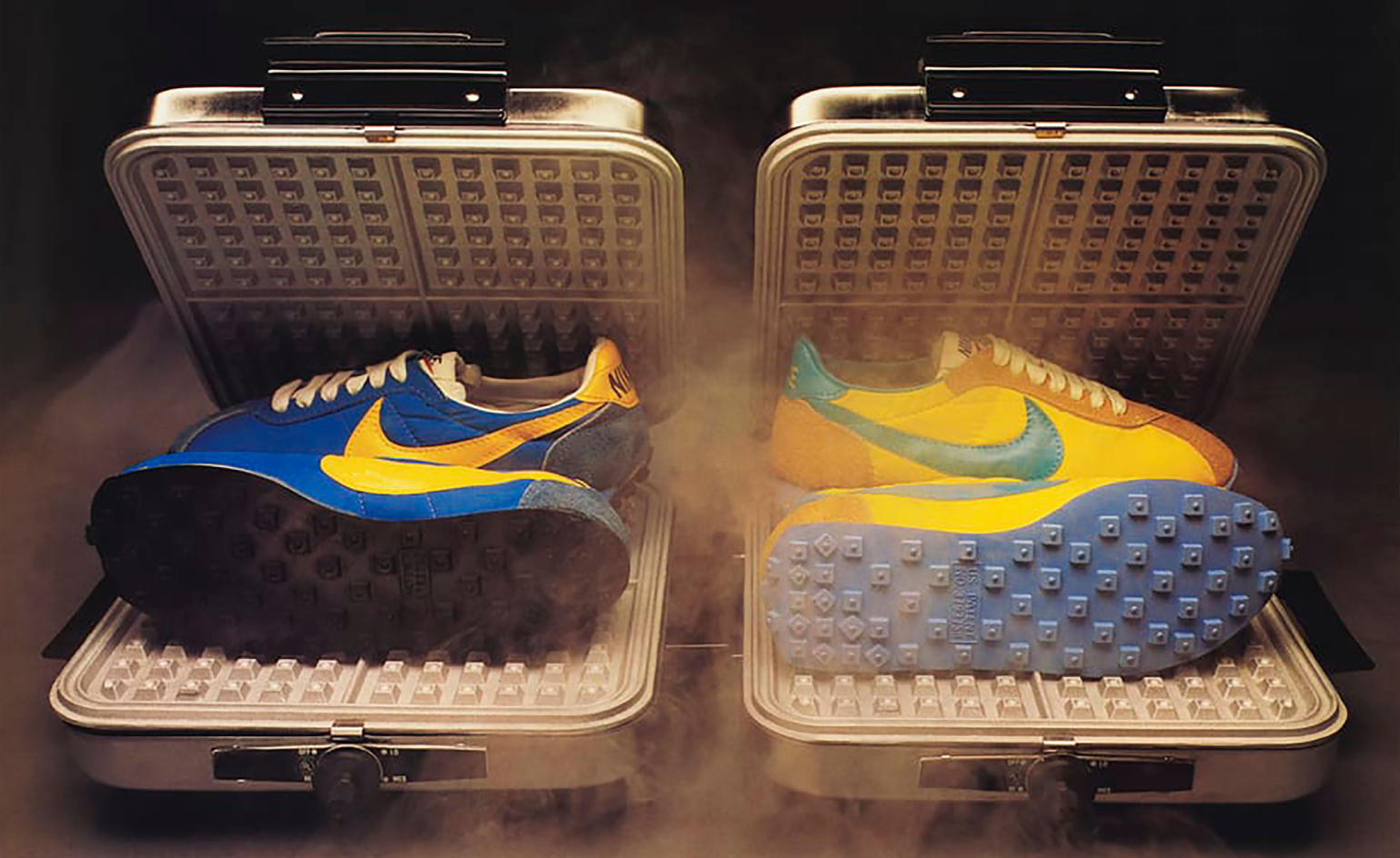 ‘Nike: Form Follows Motion’ surveys 50 years of the Swoosh’s era-defining design
‘Nike: Form Follows Motion’ surveys 50 years of the Swoosh’s era-defining design‘Nike: Form Follows Motion’ at the Vitra Design Museum in Germany, curated by Glenn Adamson, is the first-ever museum exhibition dedicated to the sportswear giant
By Sofia de la Cruz
-
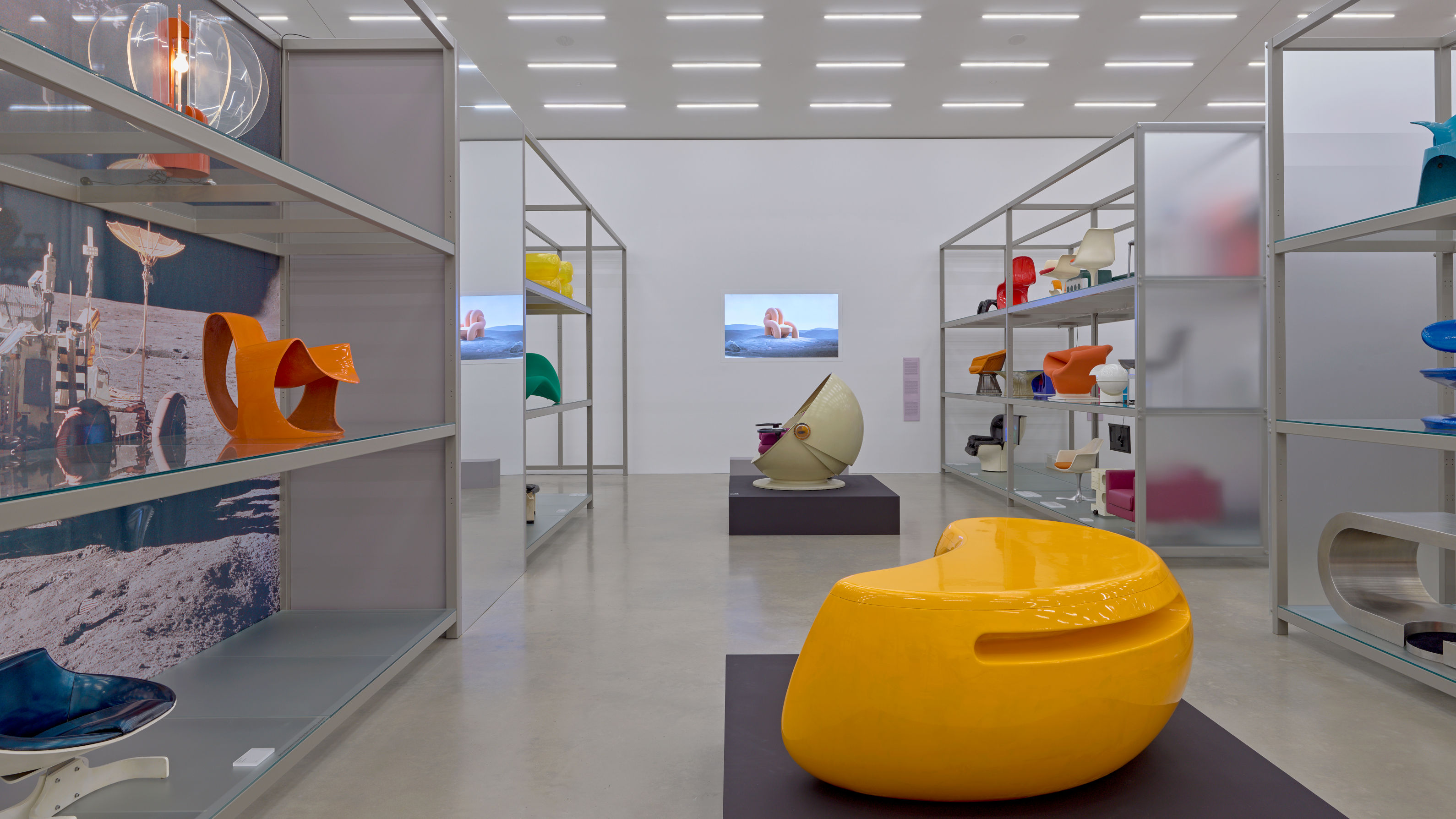 Vitra Design Museum’s ‘Science Fiction Design’ explores furniture’s past, present and future visions
Vitra Design Museum’s ‘Science Fiction Design’ explores furniture’s past, present and future visions‘Science Fiction Design: From Space Age to Metaverse’ at Vitra Design Museum celebrates the collision between visionary science fiction and futuristic product design
By Jonathan Bell
-
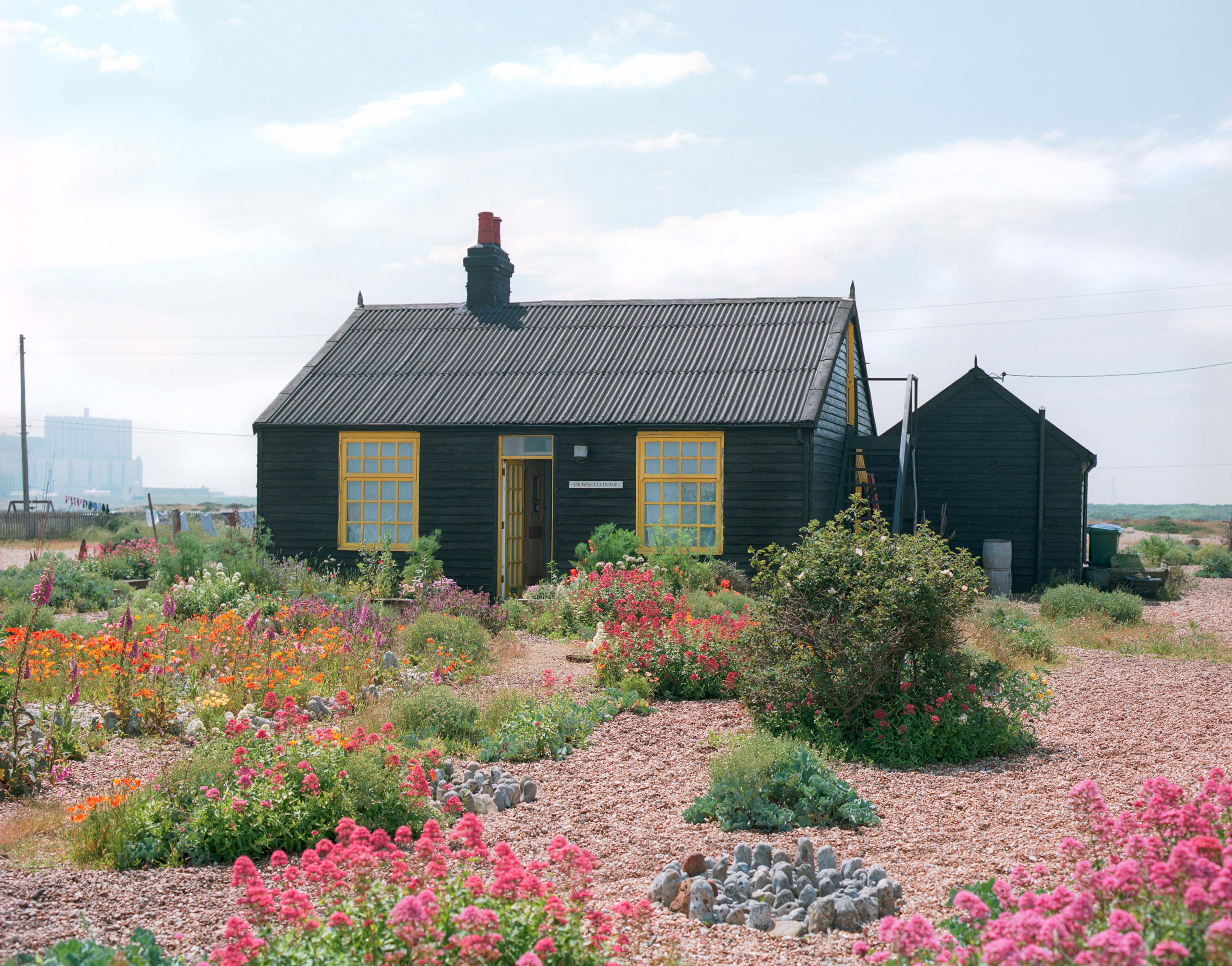 Why are gardens good for us? Vitra Design Museum’s ‘Garden Futures’ explores the potential of green spaces
Why are gardens good for us? Vitra Design Museum’s ‘Garden Futures’ explores the potential of green spaces‘Garden Futures: Designing with Nature’ is on view at Vitra Design Museum until 3 October 2023, with an exhibition design by Formafantasma
By Maria Cristina Didero
-
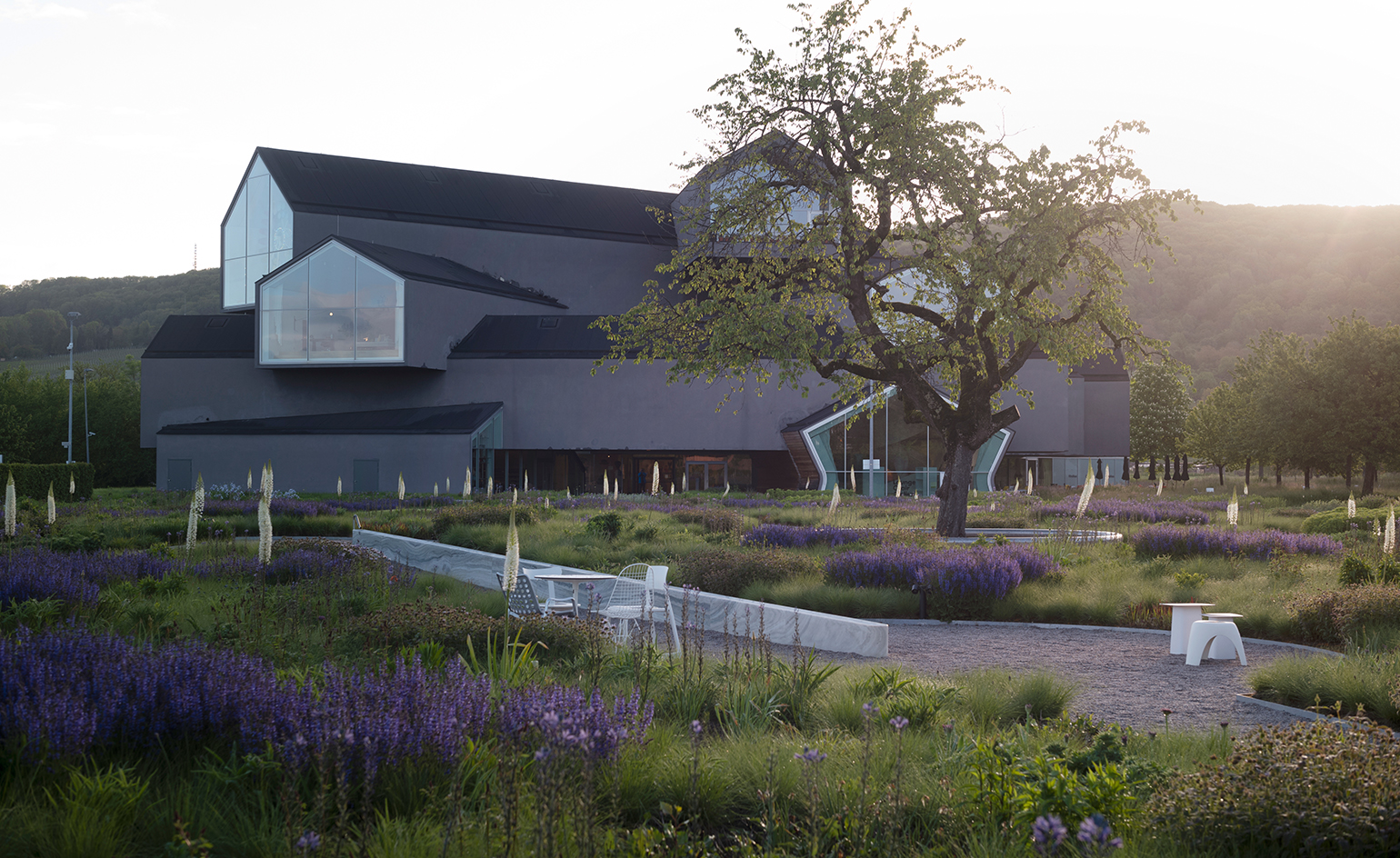 Piet Oudolf’s Vitra garden opens in Weil am Rhein
Piet Oudolf’s Vitra garden opens in Weil am RheinPiet Oudolf creates a garden for all seasons at the Vitra campus in Weil am Rhein, Germany: we took a sneak first peek of the garden design project, now open to the public
By Tilly Macalister-Smith